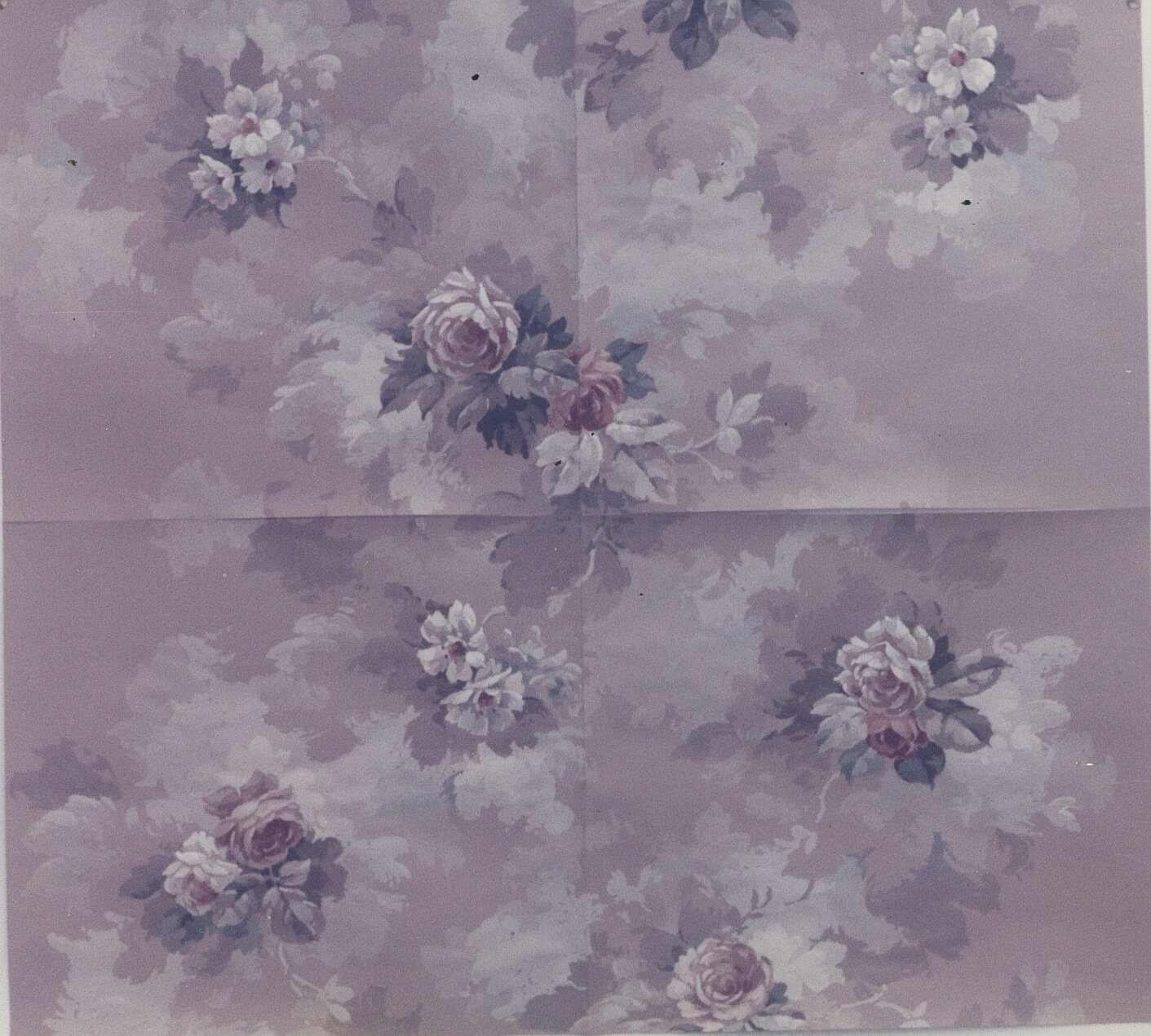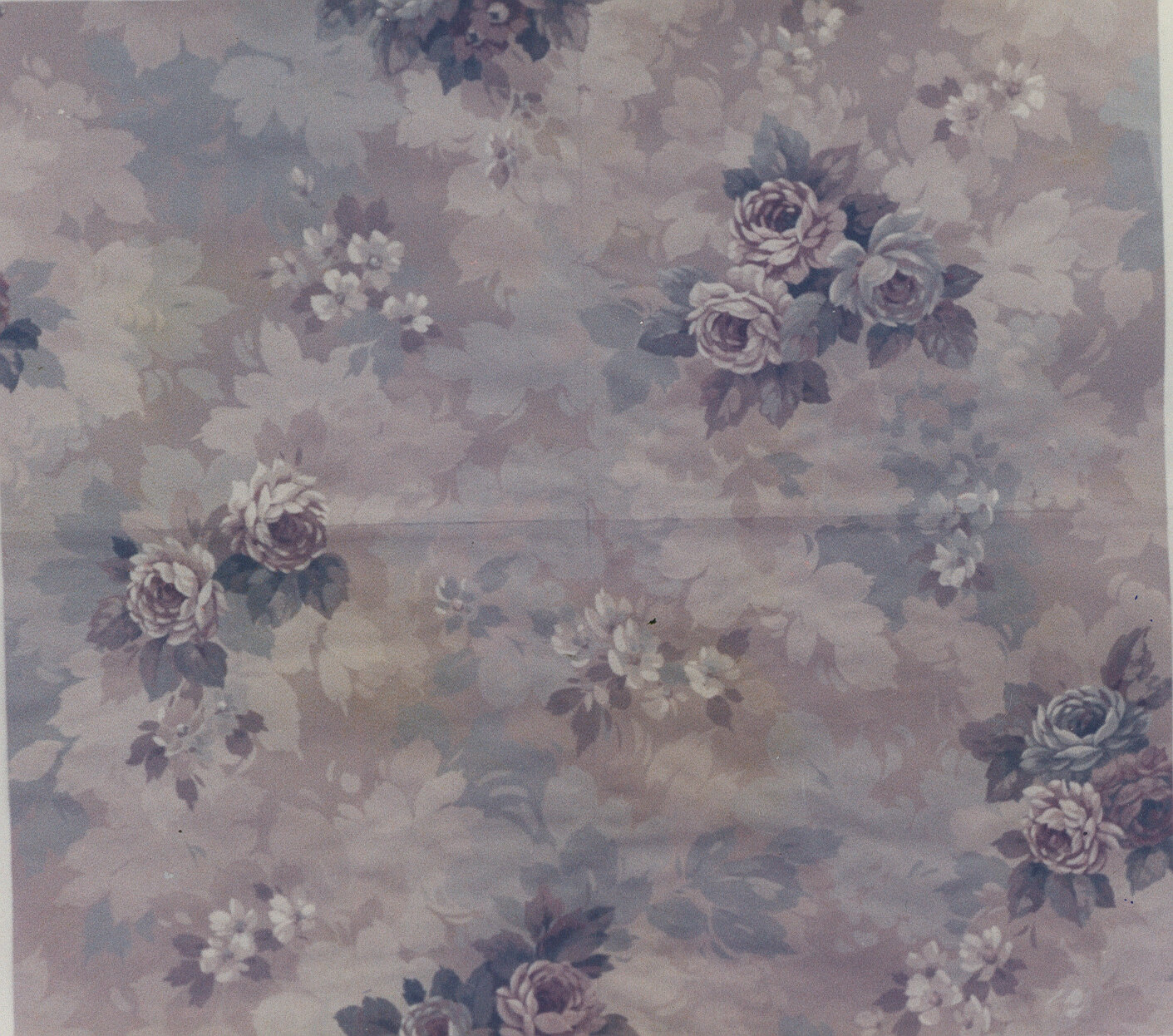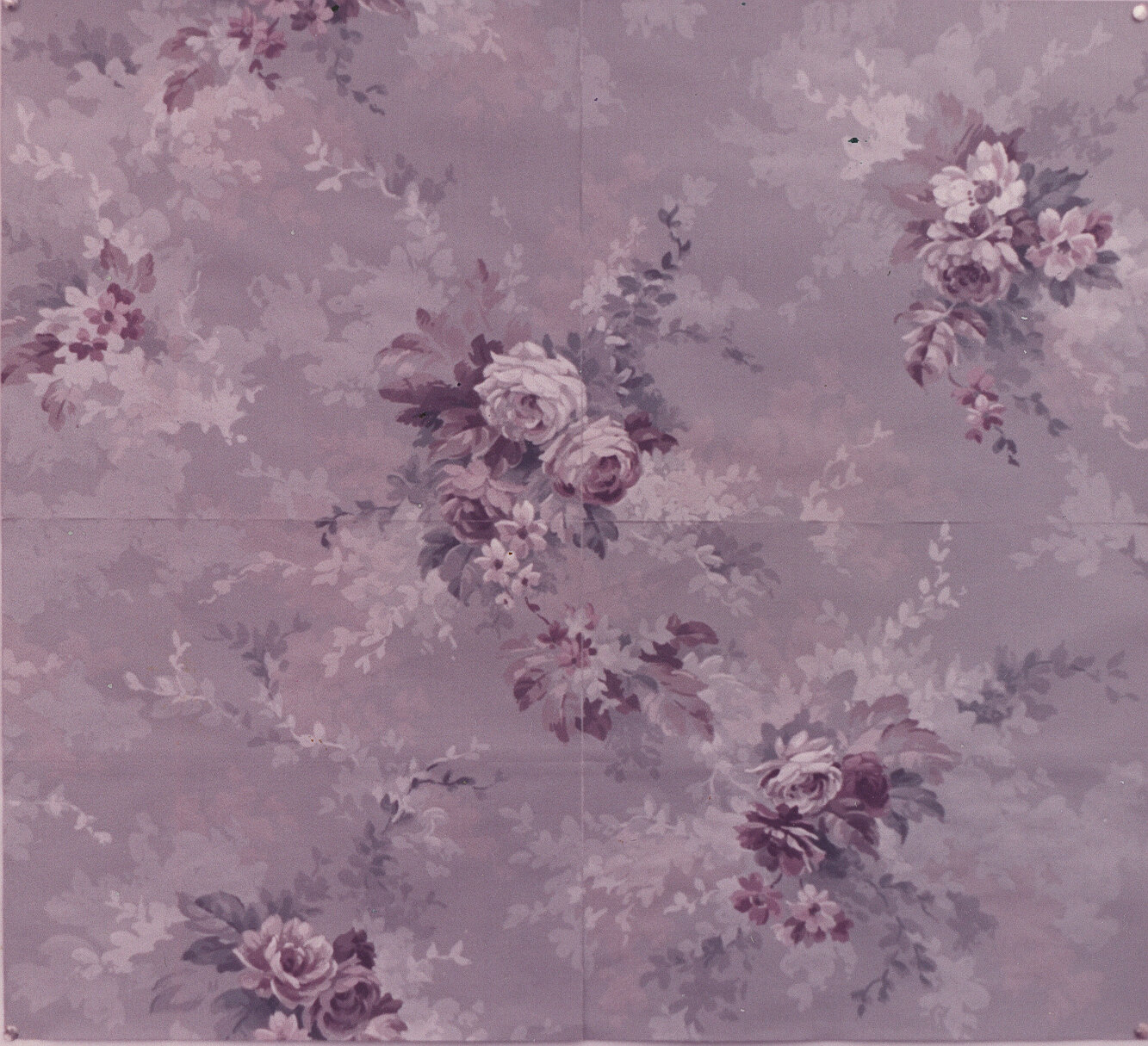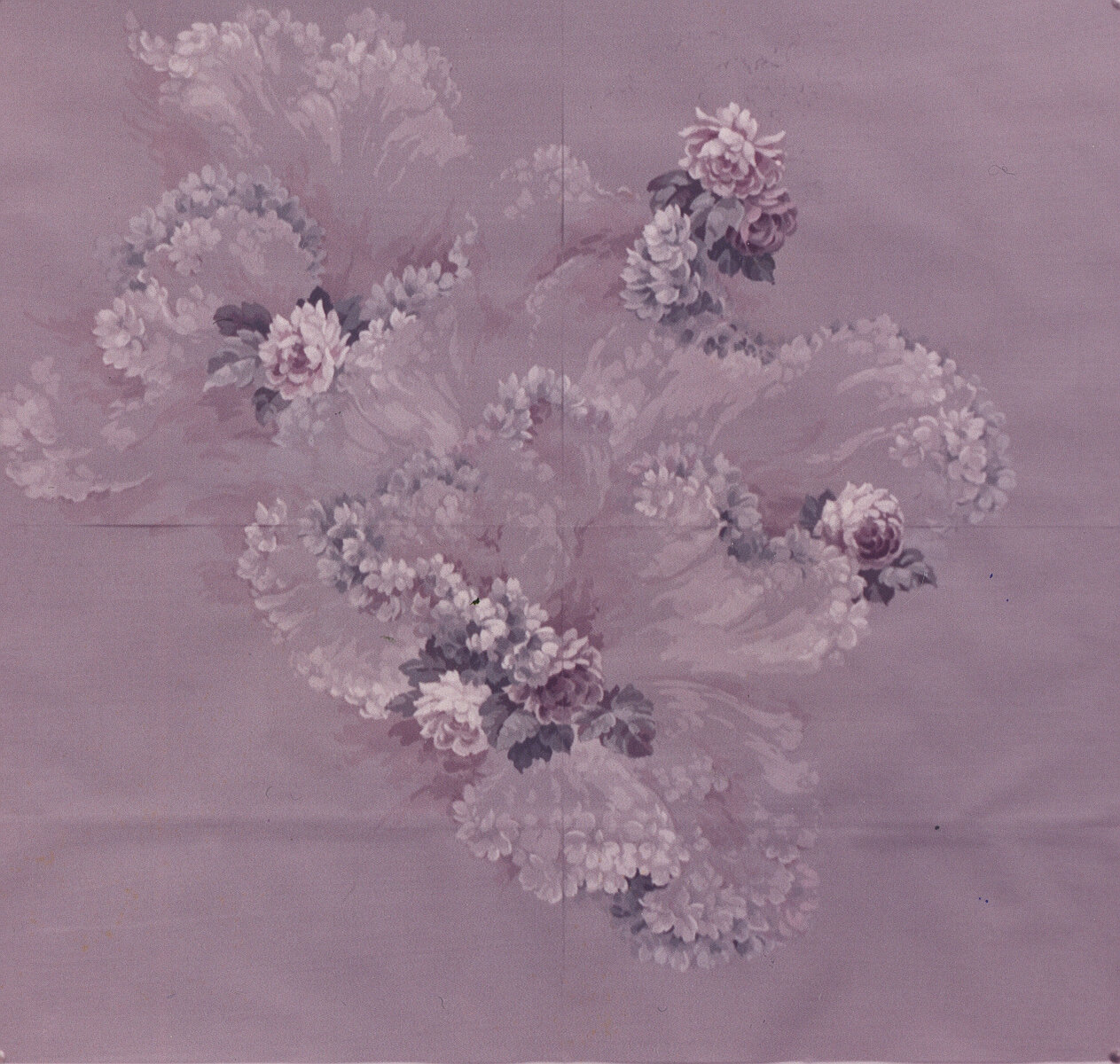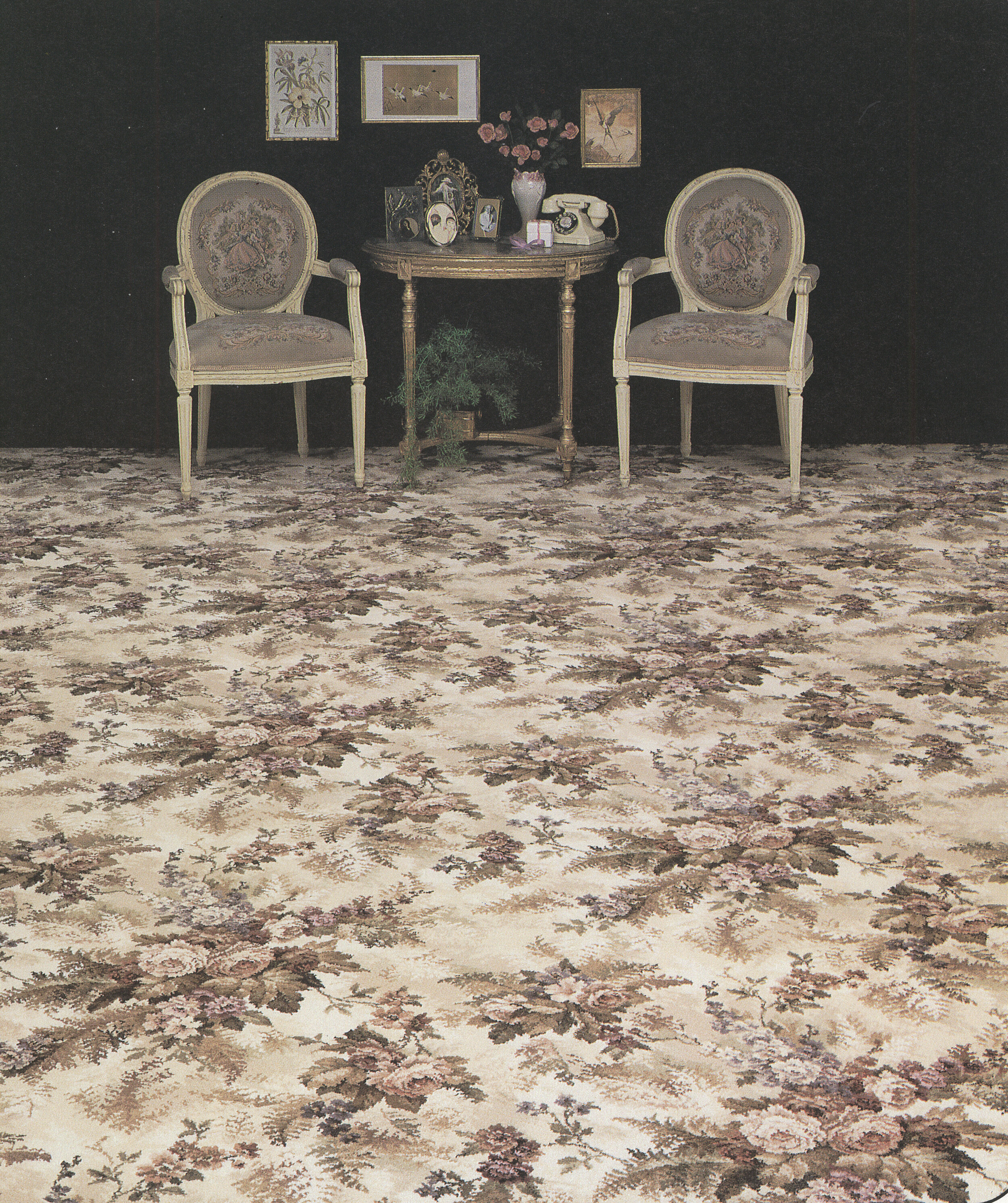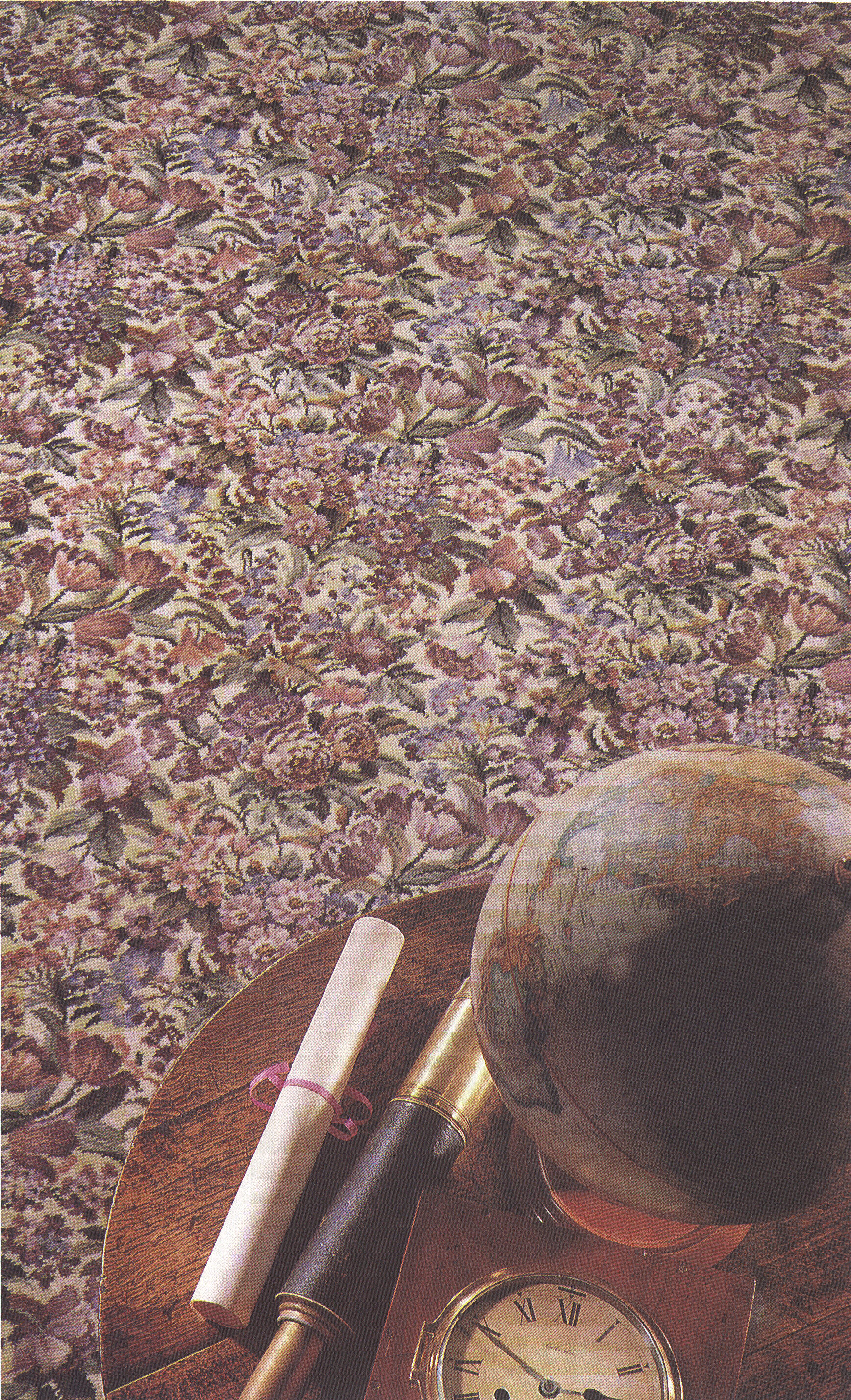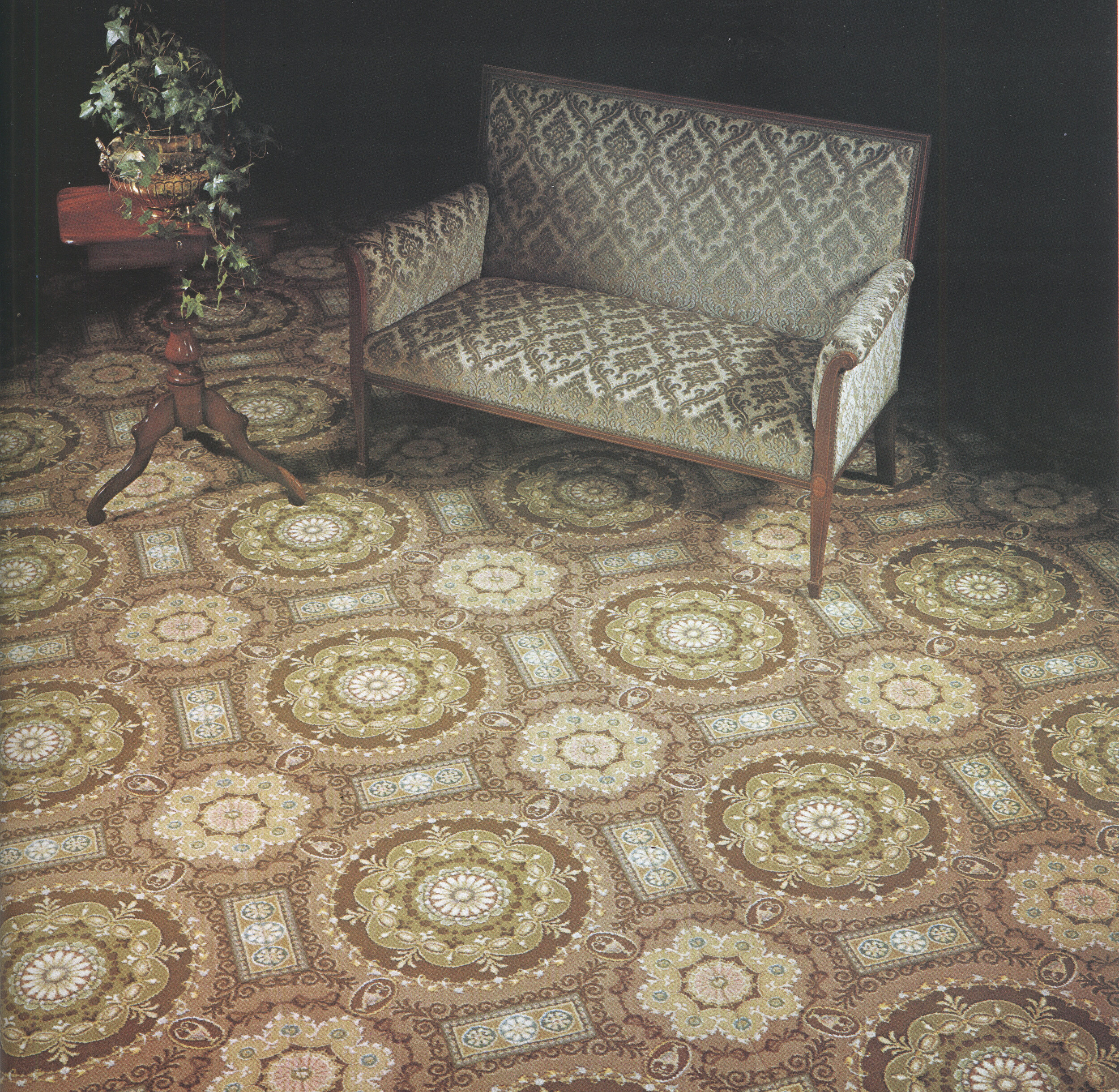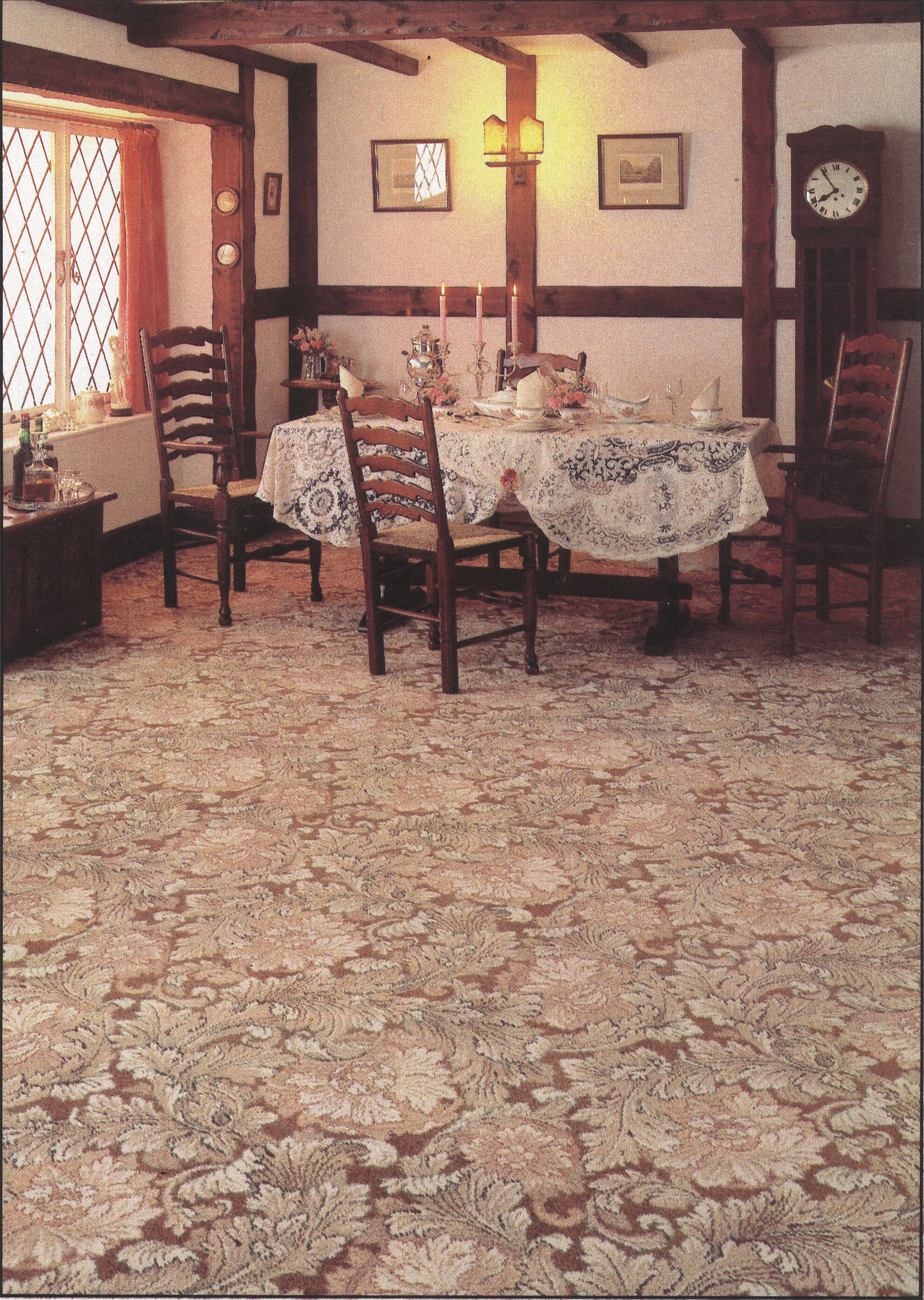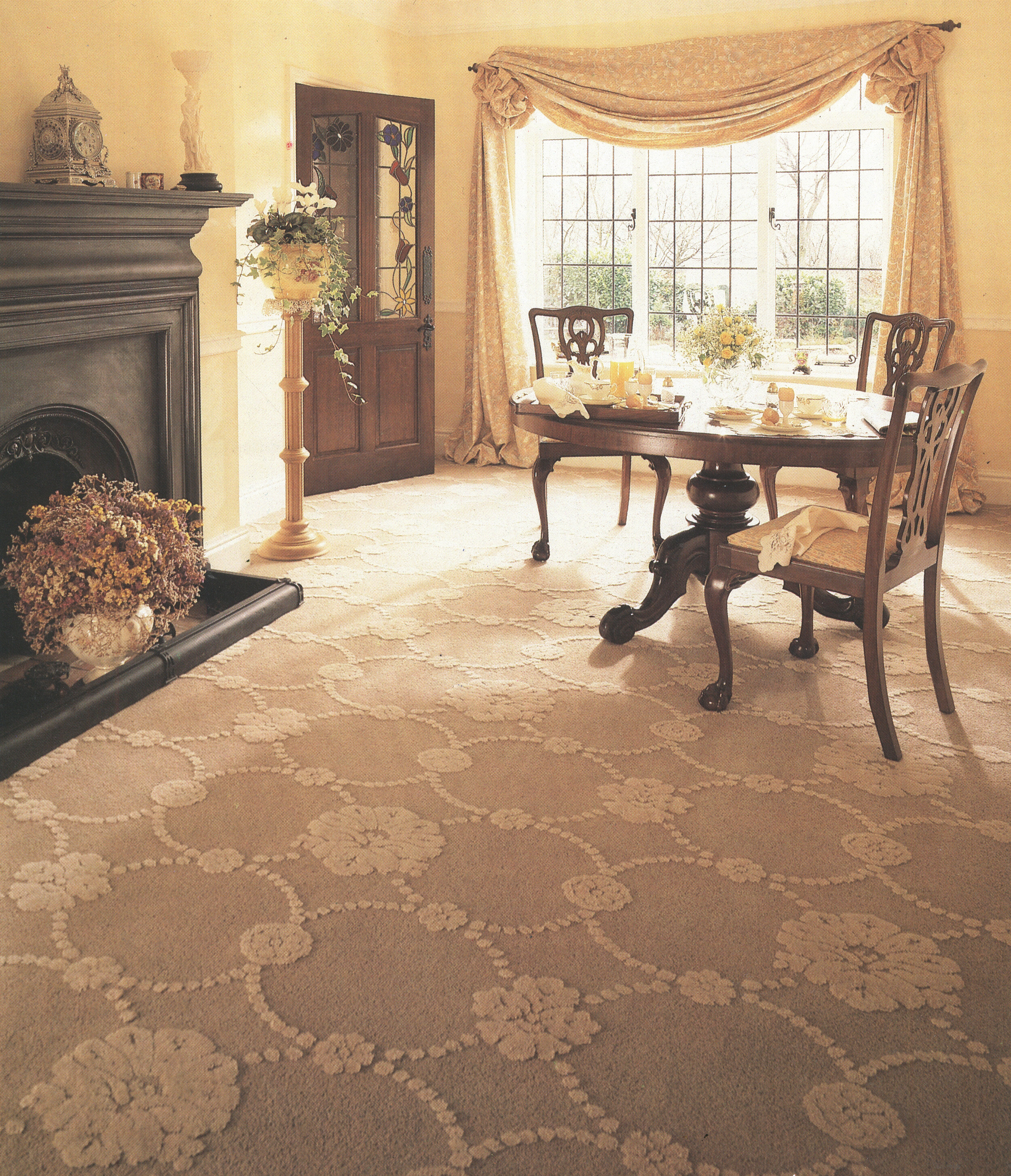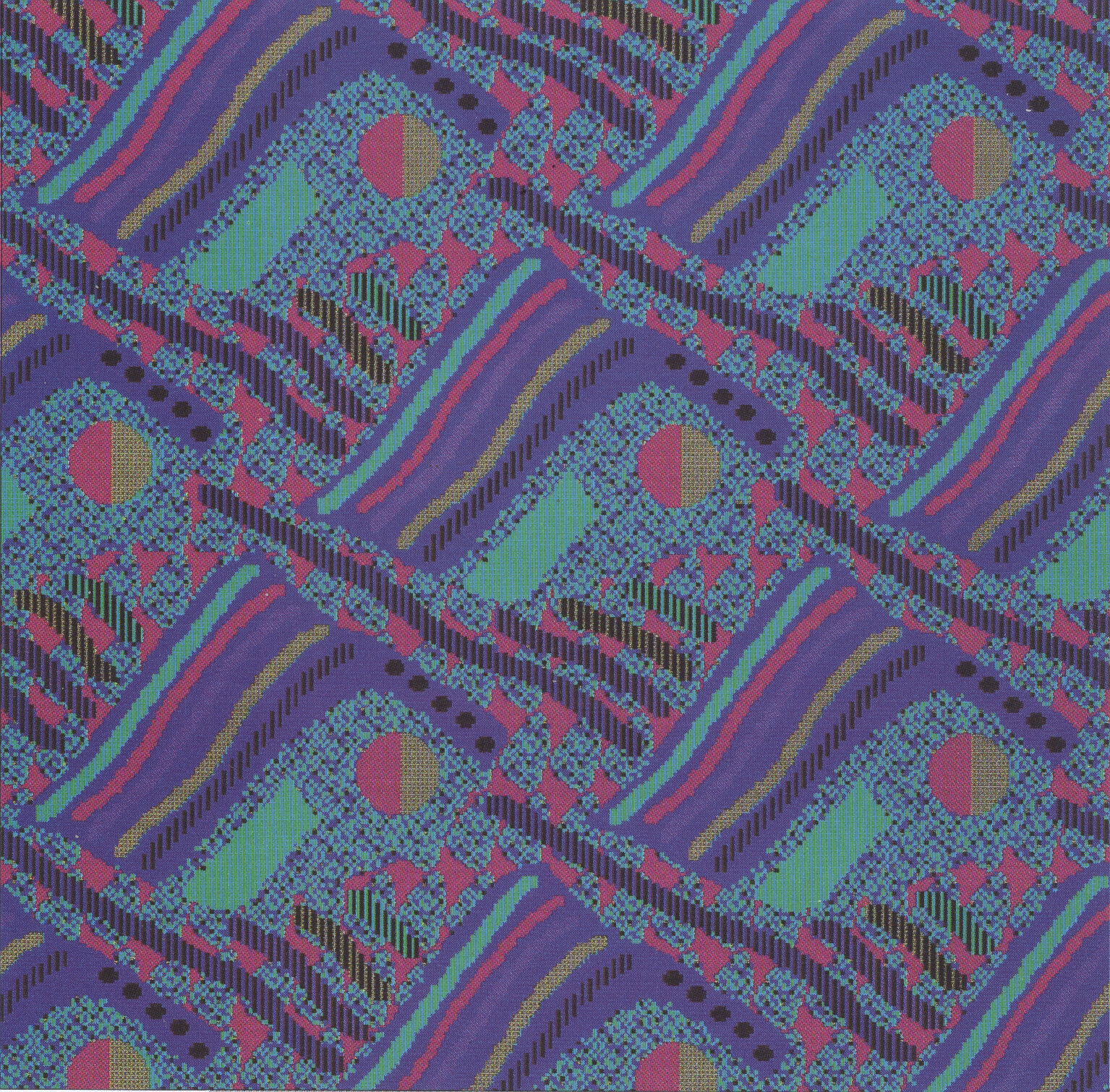Swirling Mist
JAMES WHEELER: A LIFE IN DESIGN
Born in January 1944 and raised in Scotland, James couldn't fail to have his creative talents set alight. From the raw, rugged countryside surrounding his native Glasgow to the wealth of architecture and galleries, James took it all in and his passion for art flourished.
Whilst training as a Carpet Designer he studied at The Glasgow School Of Art, before moving to England to join one of the country's largest carpet manufacturers in Yorkshire. Here he carved out a very successful career, eventually becoming the Studio Manager.
Living close to the Pennines and with the Yorkshire Dales also on his doorstep his love of painting took off.
Using the light and atmosphere of the landscape, the subtle use of colour and texture give his paintings a contemporary look, which retains a timeless quality, allowing the viewers their own personal interpretation of his work.
James was regional winner of The Laing Landscape Art Exhibition in 1991 and was invited to show at Leicester Art For Schools and Colleges Exhibition in 1992. His work was shown at The Leeds Open in 2004.
To view more of his art collections click here.
To buy original art works from the on-line shop or limited edition prints click here.
Four hand painted designs for the Dutch market.
Spool Axminster Floral designs for the UK market.
Two designs, first one for the UK market, and the red one for the USA market.
Gripper Axminster design for the UK market
Four classical designs for the UK market.
Apart from a few years spent as a trainee carpet designer near Glasgow, and a short spell at a company in Kidderminster, most of my design life was based in Brighouse, Yorkshire, where I became the Studio Manager. The company I worked for was one of the largest in Yorkshire, and produced a wide variety of products which were sold all over the world.
To produce these products a range of machinery was needed, each requiring its own technical knowledge. The looms were both narrow and broadloom, Gripper Axminster, Spool Axminster, Wilton, and Tufting.
Some designs were painted in sketch form and then repainted on to squared paper, each square representing one tuft in the carpet. Designs could have between 30 and 40 colours, depending on the type of machine, meaning the designer mixing every shade in paint to match the yarn to be used.
As my career went on it was inevitable that the methods of designing changed from paints to digital means, with again a new set of challenges, but I did miss using a brush instead of a mouse.
Designing for the various markets, and the challenges of the different machines, gave me the opportunity to produce work in a wide variety of styles and fashions, spanning four decades, before taking early retirement to devote my time to painting.
Pictured are just a few of the many designs I had the pleasure of designing.
Three designs used in Clubs and Bingo Halls.
Two Wilton designs.
